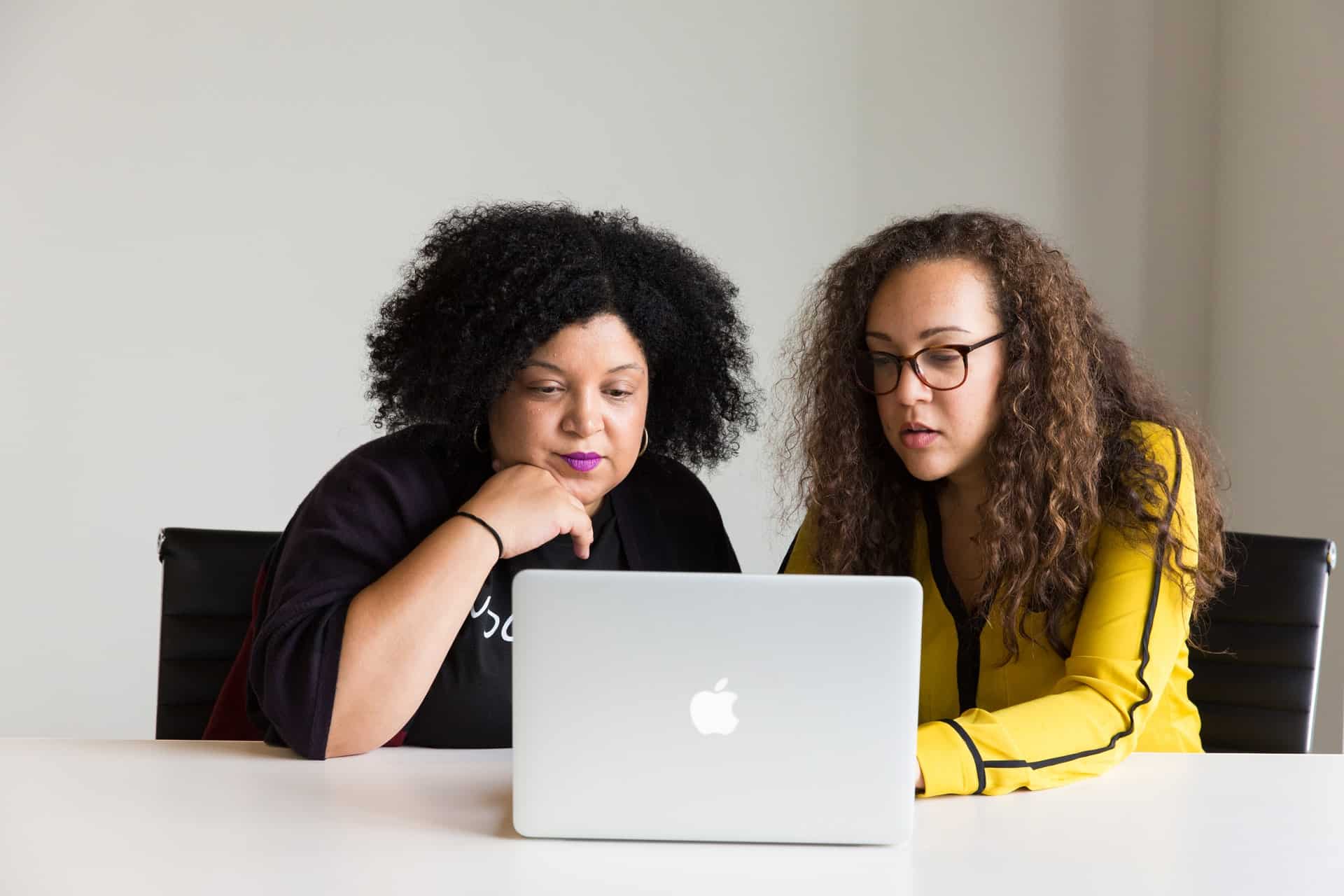“We are committed to creating a diverse and inclusive workplace where every employee can reach their full potential and be at their best”.
This statement has been written in many different ways across job descriptions and in the careers section of company websites. What does it mean? What is the D&I workplace trend all about? Let us get the definitions out of the way.
Diversity
Diversity in the workplace refers to a workforce that is made up of people that includes a range of ages and ethnicities, with no discrimination of their gender identities, sexual orientations, religious beliefs, physical or mental abilities, medical conditions, work experiences, and job classifications, including all of their perspectives, preferences, and biases.
Inclusion
Whilst diversity is what makes up the workforce, inclusion, on the other hand, is the creation of a work environment and culture that enables all employees of all diversities to participate and thrive. The Society for Human Resource Management, SHRM, defines it as one where “all individuals are treated fairly and respectfully, have equal access to opportunities and resources, and contribute fully to the organisation’s success.”
Diversity + Inclusion = D&I
It is not enough to get diverse people in the door. Once they are there, companies need to make them feel that they belong and are free to bring their authentic best selves to work. Many organisations have figured out the diversity aspect in their hiring practices, but not inclusion. Without inclusion in the workplace, diversity efforts will not succeed. Both concepts have to go hand-in-hand.

D&I For Business
Diversity and inclusion at the workplace are huge priorities because businesses acknowledge their benefits.
Diverse Customers
Almost all businesses serve (and desire to serve) a diverse customer base. To know these customers and establish trust across a community of varied perspectives, a business needs the same diversity in talent.
Take the beauty industry as an example—one that traditionally caters to women. All thanks to the rise of generation selfies, men’s makeup and grooming are becoming increasingly accepted and commonplace. Adding to that, an entirely new category creation of unisex beauty products has also opened up, riding on the inclusivity trend and the blurring of gender in today’s society.
Innovation
Put professionals with different social, cultural, demographic, skills, and experience backgrounds into the same room, and we can expect bold ideas across a broad spectrum of creativity. A Boston Consulting Group (BCG) study found that companies with more diverse management teams have 19% higher revenues due to innovation.
Lenovo’s chief diversity officer, Yolanda Conyers, describes serving a global customer base as “more than out-of-the-box thinking, because it’s not just one box. It’s a hundred different boxes. A million different boxes. It takes every dimension of our diversity—all our diverse mindsets, skills, and cultural backgrounds—to deliver such a wide array of technology.”
Increased Productivity
When a work environment is inclusive, there are fewer conflicts amongst employees as they are more understanding towards one another. Morale increases, and so does engagement. Employees feel safe and confident and can communicate better. They are comfortable sharing ideas and are willing to collaborate, producing quality work.
Strong Employer Brand
A happy workforce that feels accepted and valued can help a company attract high-quality candidates and reduce turnover. A strong employer brand is a good reputation, and a good reputation means good business.

D&I For Job Seekers
When evaluating a potential employer, besides looking at factors like remuneration, career progression, and work-life balance, you can include D&I as part of your criteria.
Forward-Looking Company
A diverse set of employees contribute to innovative ideas for a business. In the same way, employees will be proud to be part of a progressive team and future-proof company that is likely to be a leader in the field with strong financial performance.
Unbiased Hiring
An employer that values diversity and inclusion will ensure a non-discriminatory approach in hiring people from a wide range of educational and social backgrounds who can add value to its business, including graduates and apprentices. It also implies the promise of fair and equitable pay levels.
Fitting In
When joining a new company, it is normal to feel anxious and ask questions like “Will I fit in?” “Will I feel isolated?” and “Will they like me?” A D&I committed employer will ensure an environment where you will feel included and respected regardless of differences. You can be comfortable being yourself, and you know that your voice will be heard, and you can enjoy equal opportunities with your peers.
Better People Skills
Being exposed to a wide range of opinions, ideas, and skills in a diverse and inclusive workplace, you have the opportunity to put your interpersonal skills into frequent practice and learn how to keep an open mind to different ways of thinking. You will also develop confidence in sharing yours across teams and the organisation.
What To Look Out For
The next time you are researching companies, here are ways to look out for diversity and inclusion traits in your potential employers.
Company’s About Us
Find out how D&I is tied to the company’s overall business strategy, vision, and purpose. Learn how its strategy includes everyone in the organisation. More and more companies are beginning to release their diversity numbers and publishing demographic data of their workforce. You can find this information on the company’s “about us” page, career section, and annual reports.
It also may be worthwhile to look up Glassdoor who has introduced a “Diversity & Inclusion Rating” feature that allows employees to rate how satisfied they are with diversity and inclusion at their current or former company.
Personality Assessments
The use of reliable personality assessments to measure candidates’ personality traits, motivations, and skills can also imply that a company promotes fairness in selection without discriminating against any group or gender.
Training
The offering of reskilling and development programs to bridge skills gap is a testament to an employer’s commitment to creating an inclusive environment to help employees reach their full potential. Dell sets an example with its Autism Hiring Program that aims to provide career readiness training and possible full-time career opportunities for neurodivergent job seekers.
You may also learn that some companies put in place training to equip team leaders with the skills to identify blind spots and unconscious bias, deepening their emotional intelligence to help them better manage diverse teams.
Inclusive Family-Friendly Culture
Some businesses take their inclusive commitment a step further by extending care to the employees’ personal lives, helping them remain committed to their families with initiatives such as flexible work arrangements and parents programs.
Female Representation in Tech
Female representation in the tech industry has shown improvement over the years, with a study by the Boston Consulting Group (BCG) and Singapore’s Infocomm Media Development Authority (IMDA) reporting that the share of women in the Southeast Asia tech workforce at 32% has surpassed the global average of 28%. This progression, slow but steady, is worth celebrating for women who are interested in tech careers.
Finally, lucky for us, Singapore workplaces are inherently diverse, especially in terms of culture and ethnicity, allowing us to be our authentic selves and feel less like an outsider at work and in society.

